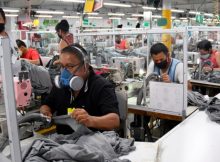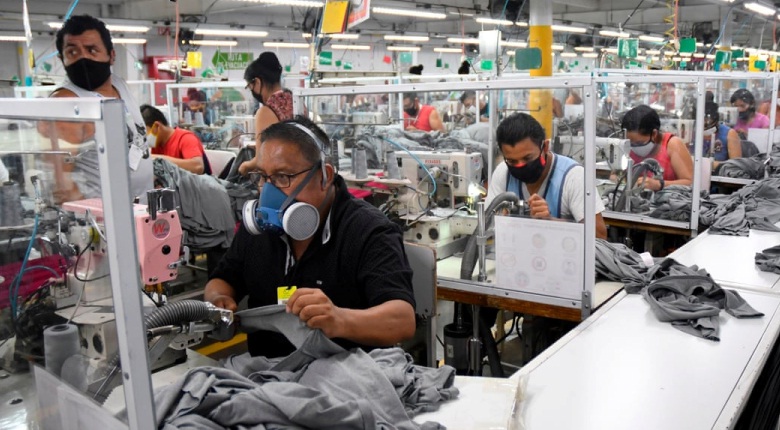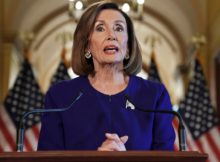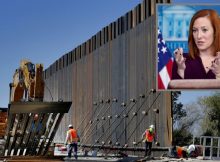The US manufacturers have long complained about labor shortages, but the last year has proven particularly more frustrating. Matt Arnold is a company owner and just spent $5,000 to run help-wanted ads for his company’s 5 trailer factories located from Pennsylvania to Utah. He said, “We hired two from the ads”, just a fraction of the 125 he needs to get back to full strength of 673 workers. Point to be noted that half the welding jobs at his Texas plant are still open. It is creating a bottleneck in an operation that builds trailers on metal frames. The pandemic pushed millions out of work, most from service industries such as hotels and restaurants. Many factories were pushed into overdrive by surging demand for everything from pickup trucks to plastic bags.
It is noteworthy that there is still a high jobless rate which hasn’t translated into workers flocking to open positions on assembly lines. The US Labor Department said on Friday that at least 916,000 jobs were created last month since last August, including 53,000 manufacturing positions. It marked the highest number of new factory jobs in 6 months. The manufacturing employment suffered a much less severe blow than service sector jobs last spring. It was the time when COVID-19 first brought the economy effectively to a standstill. At least one of every 10 factory jobs was eliminated in the shutdowns versus roughly one of every 6 service jobs. Factory employment is 4% below pre-pandemic levels, a deficit of 515,000 jobs, versus 5.5% for overall US employment, with a total shortfall from February 2020 of 8.4 million positions.
Some other indicators also pointed to a tight labor market at factories. The Institute for Supply Management earlier said its index for national factory activity jumped to its highest reading in 37 years in March 2021, with its gauge of manufacturing employment rising to its highest level since February 2018. The UKG provides time management for small and mid-sized companies. It said the employee shift work at US manufacturers was up 3.4% in mid-March from mid-February, outpacing a 2.6% increase across all industries. The shortage came at a time when US President Joe Biden’s administration has vowed to ramp up domestic manufacturing as a broader economic revival plan designed at creating more blue-collar jobs. Biden said, “If we pass this plan, the economy will create 19 million jobs. Good jobs. Blue-collar jobs, jobs that pay well”.






Recent Comments